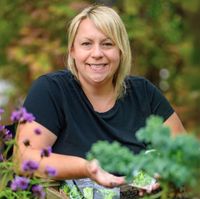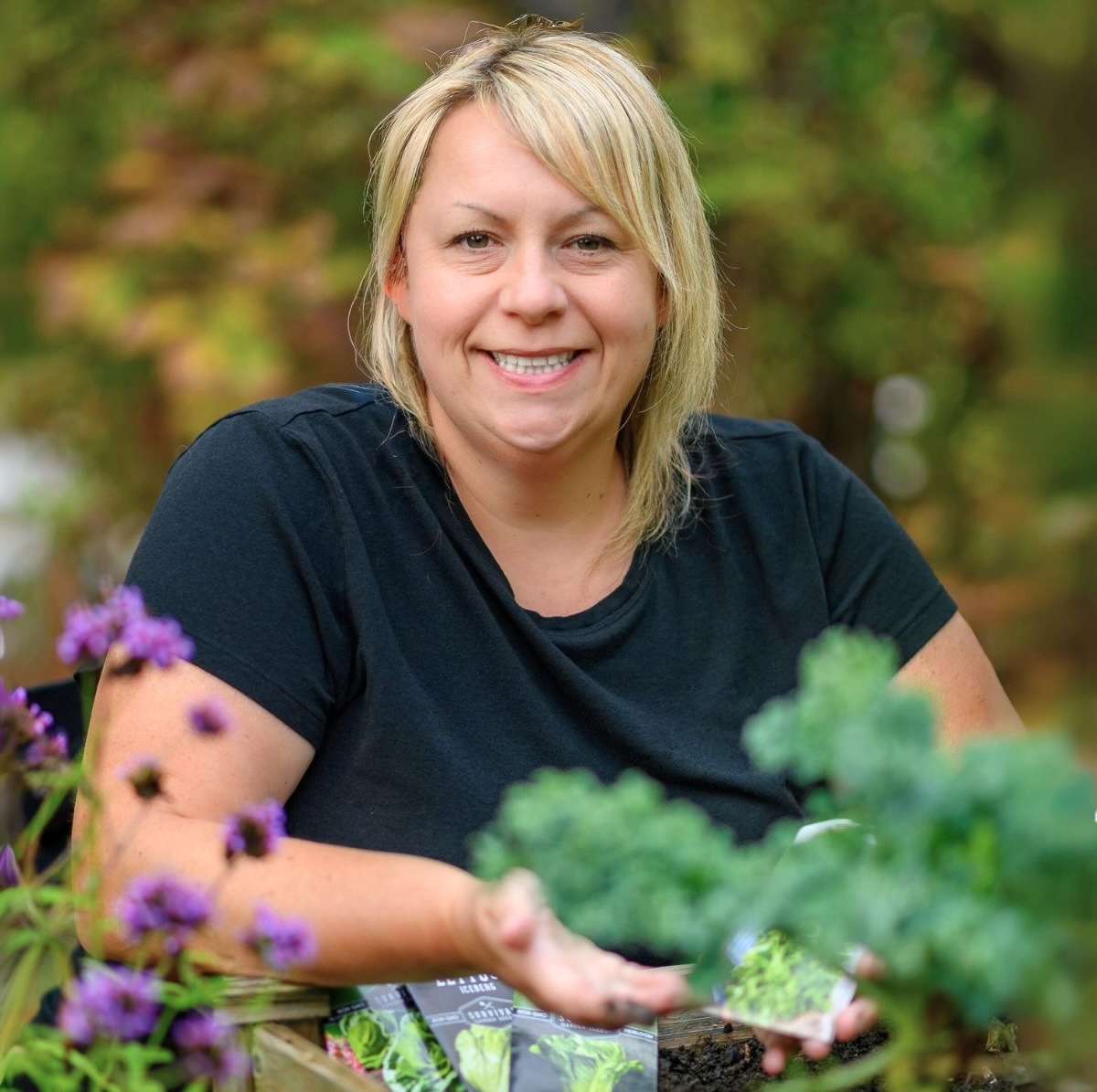Post-Holiday Plant Care

So a family member or dear friend gifted you with a beautiful plant during the holiday season. Now what? Keeping these plants happy and healthy during the remainder of the holiday season is easy, but getting them to last and even rebloom is the trick.
Foil
Be they poinsettias, Norfolk Island pines, or cyclamens, many holiday plants come with festive foil covering their pots. Through the holiday season, the foil can remain. Just be sure to lift the plant from the wrapper, water the plant and allow it to drain before replacing the foil sleeve. For the long haul though, you’ll want to remove the foil and repot into a permanent container with drainage holes.
Light
Most holiday plants prefer bright indirect light, and will do best in a north-facing window. If the only space you have is an eastern, western or southern facing window, and the light is a bit harsh, just pull the plant away from the window several feet or use light diffusing curtains.
Watering
The foliage of indoor conifers such as lemon cypress or small potted juniper and spruce will feel brittle and dry when the plant is in need of water or additional humidity.
Poinsettias, Christmas cactus and Norfolk Island pine prefer to be on the drier side while cyclamen, lemon cypress and anthurium prefer more water.
Orchids are a bit trickier. Avoid overwatering, as constant wetness will cause the roots to rot. Water your orchid just as the top of the soil begins to dry out. Shriveled foliage is a good indication that you are allowing the orchid to get too dry between waterings.
As for bulb type plants such as cyclamen, amaryllis and paperwhites, you will want to water these plants from the bottom, keeping the top of the bulb dry.
Sign up for the Gardening Know How newsletter today and receive a free copy of our e-book "How to Grow Delicious Tomatoes".
Humidity
Plants are usually given as gifts during the colder months, when the hot and dry air from a furnace can quickly decrease humidity. To increase the humidity, either cluster the plants together, or set them on a tray of wet pebbles. The water from the pebbles will evaporate naturally, causing a humid condition.
One holiday plant that requires very high humidity is the frosty fern. Bring out that try of pebbles or, better, yet, plant this one in a terrarium to keep the moisture intact even when the room is dry.
Pruning
To keep your holiday plant looking tidy, you can deadhead spent blooms, pull off or cut off yellow or damaged foliage, and trim off any brown tips.
Pluck spent flowers from the base of plants such as peace lily and cyclamen.
Norfolk Island pine pruning is a bit stricter. Trimming this plant includes the removal of any dead or dying branches, usually on the bottom. Never trim the main upright branch, as removing the central leader will destroy the pyramidal shape.
Potting/Planting
Many of these plants will be happy in their original pot for quite some time. Christmas cactus even prefers to have its roots slightly cramped and root bound.
But when it's time to repot your holiday plant, be sure to use a standard, well-drained potting mix in a container with drainage holes. Orchids require an orchid specific bark mix.
Fertilizer
These plants will not need any type of fertilizer over the winter months. You can begin feeding regularly as the day length increases sometime in the spring. A common houseplant fertilizer at the recommended rate should do.

Amy Draiss, Digital Community Manager at Gardening Know How since 2021, seamlessly blends her hands-on gardening experience with a digital green thumb. With roots in family landscaping and management at a garden center, Amy has cultivated expertise in plants, supplies, and customer relations. Residing in the Midwest, Amy tends to her two-acre haven, showcasing a diverse range of trees, shrubs, and perennials. As the Hydrangea Queen, she shares her love for these blooms and imparts gardening wisdom through videos and social media. Beyond gardening, Amy enjoys quality time with her family, travel, and theme parks. Amy's mission is to inspire and advise plant enthusiasts, fostering flourishing gardens for both seasoned and budding gardeners alike.